ERIKS completes acquisition of REIFF Group
ERIKS completes acquisition of REIFF Group to expand European and Chinese capabilities...
Chemical company turnarounds present many intricate challenges. Some of these include strict time constraints, difficulties with communication flow and hierarchy.
Safety is also a prominent factor, which brings furious over checking to avoid fault or blame. Plus working with any additional restrictions due to the age of your chemical plant.
Alongside the Turnaround Team and Safety Manager, as a Maintenance Manager, you’re under immense pressure. Responsible for completely closing down operations to accomplish as much work as safely possible, in the shortest probable time.
A turnaround is identified as one of the largest maintenance expenses. Lasting between 2-8 weeks and losing anything from 1-3 million euros in revenue for each day of lost production. Keeping to your timeline is crucial, which directly impacts your biggest turnaround challenge of cost.
The execution of plant turnarounds is complex and a major disruption, yet vital. Listed below, are ways in which you can cut costs when conducting your successful plant turnaround.
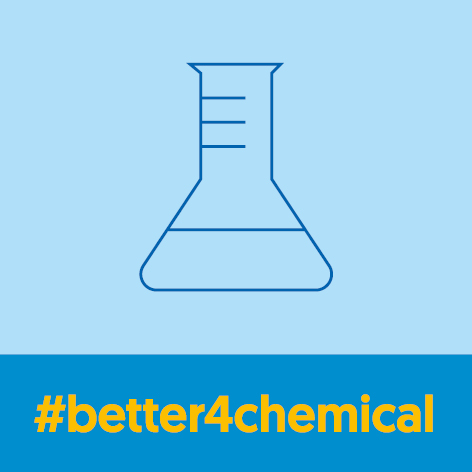
Turnarounds need to be scrupulously detailed for execution. Having information of stock items (gaskets, flanges, valves, and pumps), staff, training, certification, warranties, and activities to be performed is essential. If any of these details are incorrect, it could dramatically increase downtime.
Correct information and data allow for better pre-planning. A detailed overview allows you to limit the scope of work, minimizing time and costs. Carry out as much maintenance work beforehand or postpone, so only essential work is carried out during the turnaround.
Prepare for your turnaround by defining:
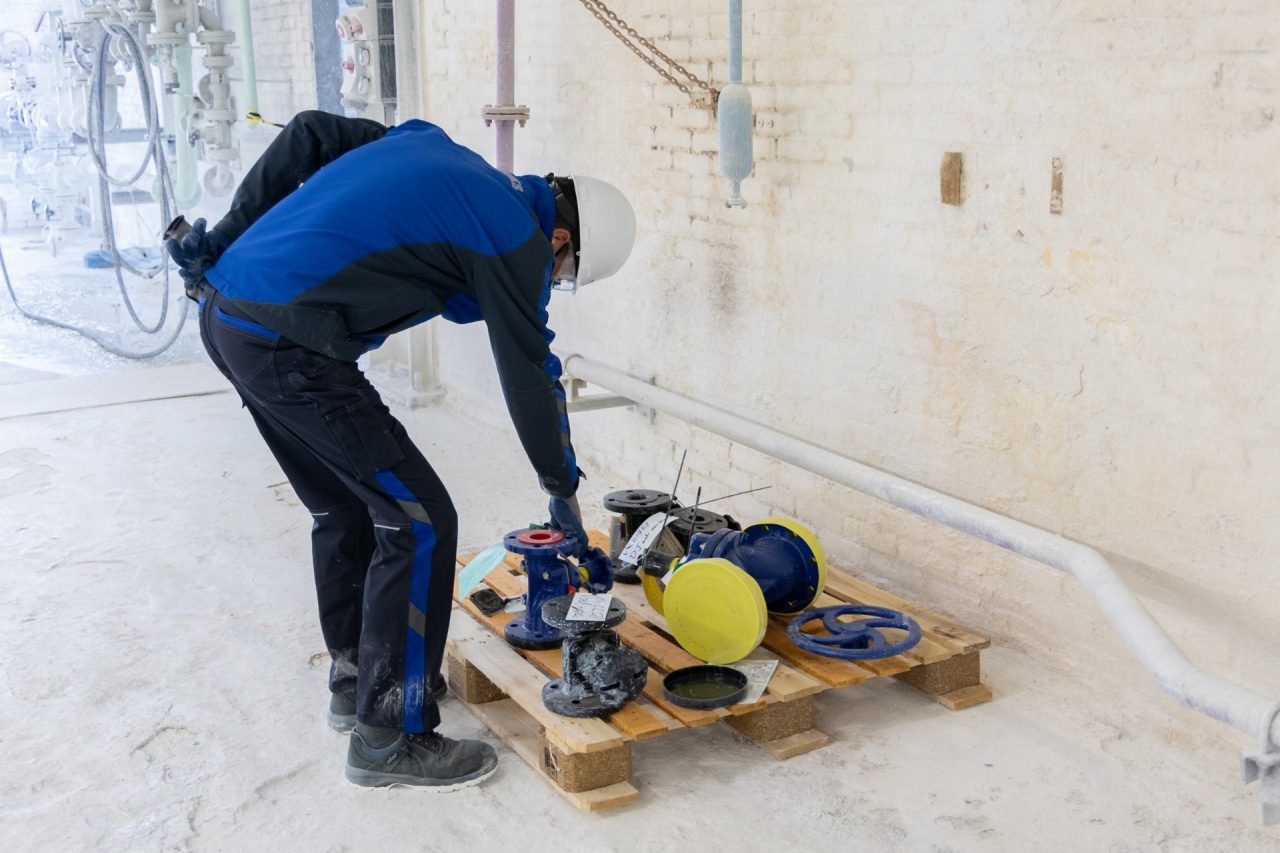
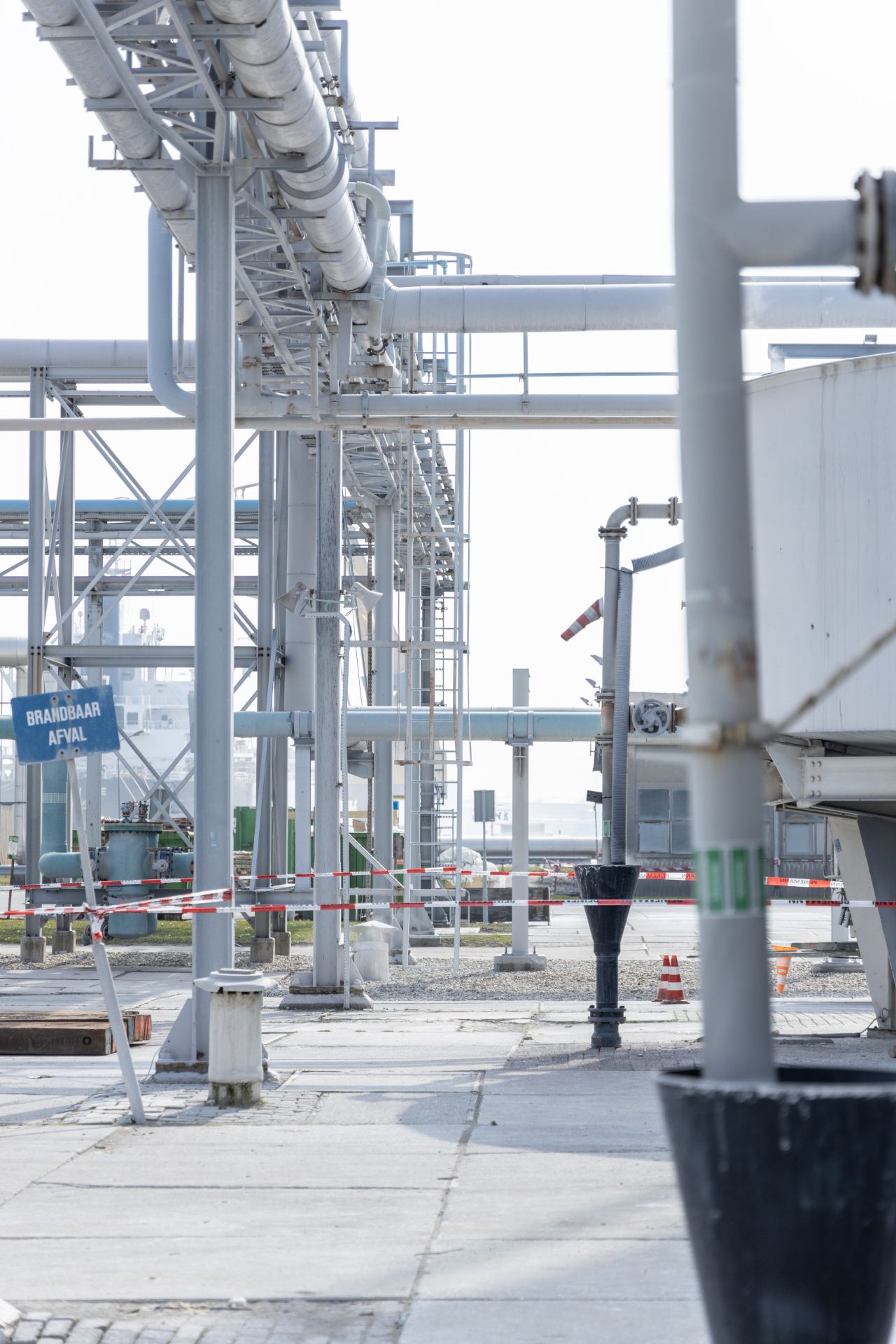
Prevention is better than cure and planning is the key. Have a clear and common process framework for turnaround activities with all information of those activities aligned and highly efficient.
As a Maintenance Manager you need to know where problems lie and who can do more. Taking into account adequate levels of knowledge, skills and experience, helps to allocate correct responsibilities and activities.
With delegation, tasks and activities can be more easily sequenced for a walk-through to assess the viability of the turnaround duration. It will also highlight any unidentified resources needed to complete tasks whilst working within cost constraints.
Forecasting well in advance helps the move from a reactive culture to that of a proactive one. Dependant on the size and age of your plant, planning anywhere from 6 months to a year in advance is recommended. Allowing time for tweaks, training or mishaps.
Having an on-site service such as an ERIKS Application Engineer can ease your operations with technical analysis and support. Working flexibly with you and your team during the preparations for your turnaround. They manage tasks such as flange calculations, finding greater solutions, overseeing stock and finding better alternatives where necessary.
Downtime costs millions, therefore the trustworthiness and reliability of a supplier is imperative. It’s important that they are knowledgeable and capable beyond just the delivery of your parts.
Having a trusting relationship with suppliers, such as ERIKS, allows for you to leverage their in-depth knowledge of equipment and your plant. Engaging your supplier early in the planning phase and keeping them involved, enables full support throughout.
ERIKS deliver items for turnaround pre-commissioned e.g. include flange inspection, calculation and flange management. They will work with you to provide the best solutions possible and deliver exactly what you need, when and how.

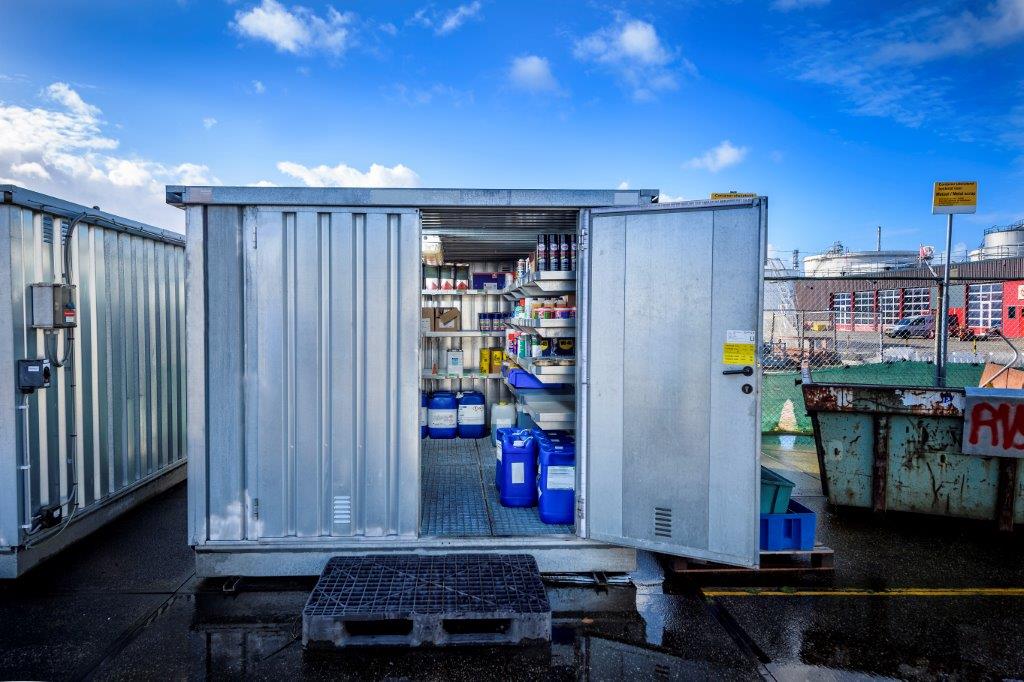
Regardless of uptime, downtime, or turnarounds, stock management is important. But to cut costs and ensure smooth operation of your turnaround, there are ERIKS services you can use to streamline.
Plug & play - 20 ft containers that are filled with all necessary materials and placed on-site during the turnaround. Together with you, ERIKS agree well in advance on which gaskets, stud bolts, tools, valves, drive components and maintenance products in what sizes and quantities must be available for grab.
Stock levels - ERIKS also help you keep stock levels up to date during the shutdown period. If (customised) products are missing, they can be delivered quickly. Leaving you more time for other activities and achieving your shutdown schedule.
Referencing & categorisation - Referencing of facilities and categorization of items (A/B/C/D) according to their degree of criticality/specificity, also their need to be kept in stock or the acceptable lead time. E.g. A customer has set up a road map of their items with 5 categories that schematize the criticality of each.
Kits & benchmarks - Set up of kits and benchmarks to facilitate the availability of items for effective operation of planned turnaround.
Large numbers of contractors may be working on site for the first time with minimal knowledge of equipment, layout and processes. Even staff will carry out activities that are not routine, only occurring in turnarounds. This can bring overwhelming safety challenges for Maintenance Managers to oversee.
Assigning a reliable outsourced Turnaround management (TA) team can ease this burden. Each year ERIKS accompanies the plant shutdowns at various chemical plants from start to finish. Making it a priority for you to be up and running as quickly and as safely as possible.
They work closely with personnel on-site, offering knowledge, expertise, and support. Providing real-time advice in the event of unexpected problems, with systematic and disciplined approaches in tackling turnarounds to ensure they run smoothly.
Your TA management team are available 24/7 to help on-site with their wide range of products and application know-how in sealing technology, power transmission, flow technology and tools; make ERIKS a unique partner to outsource maintenance turnarounds to.
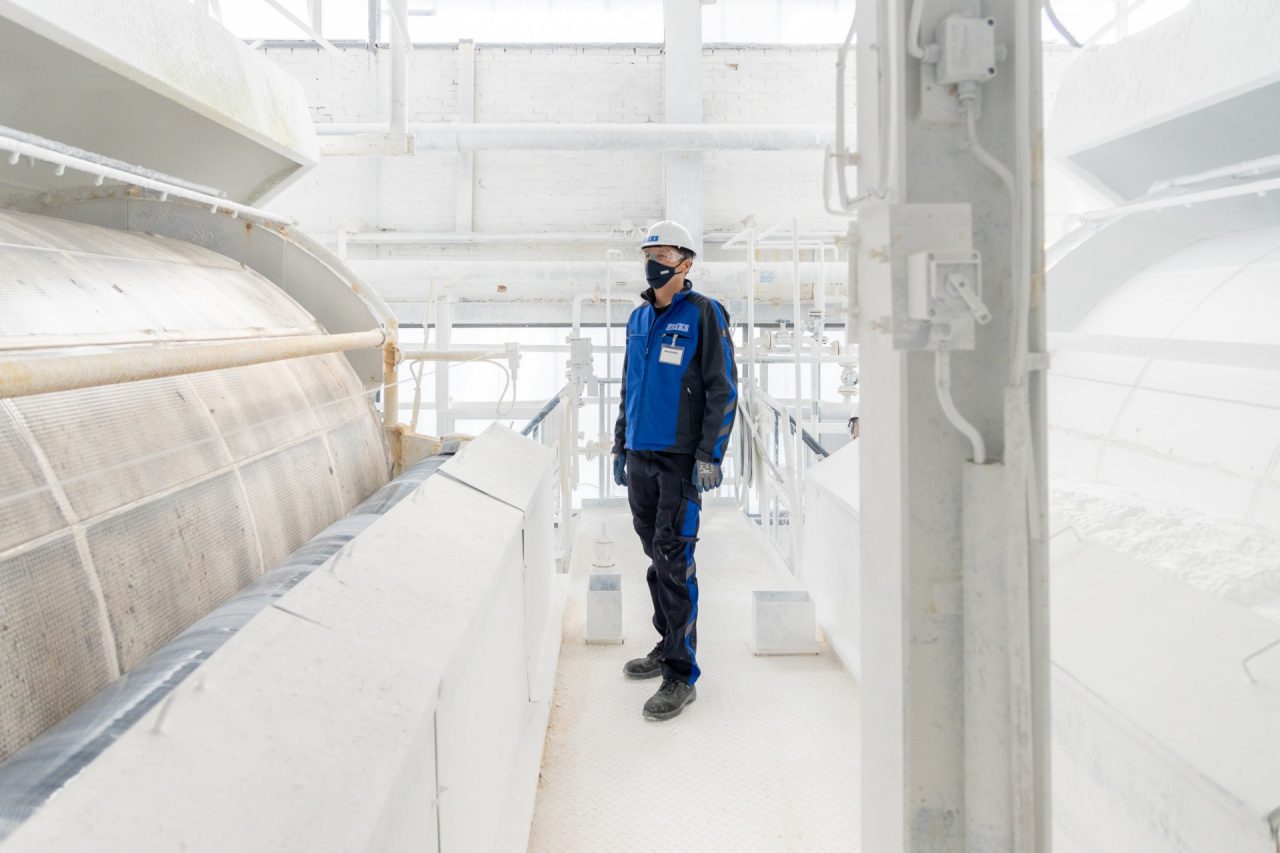
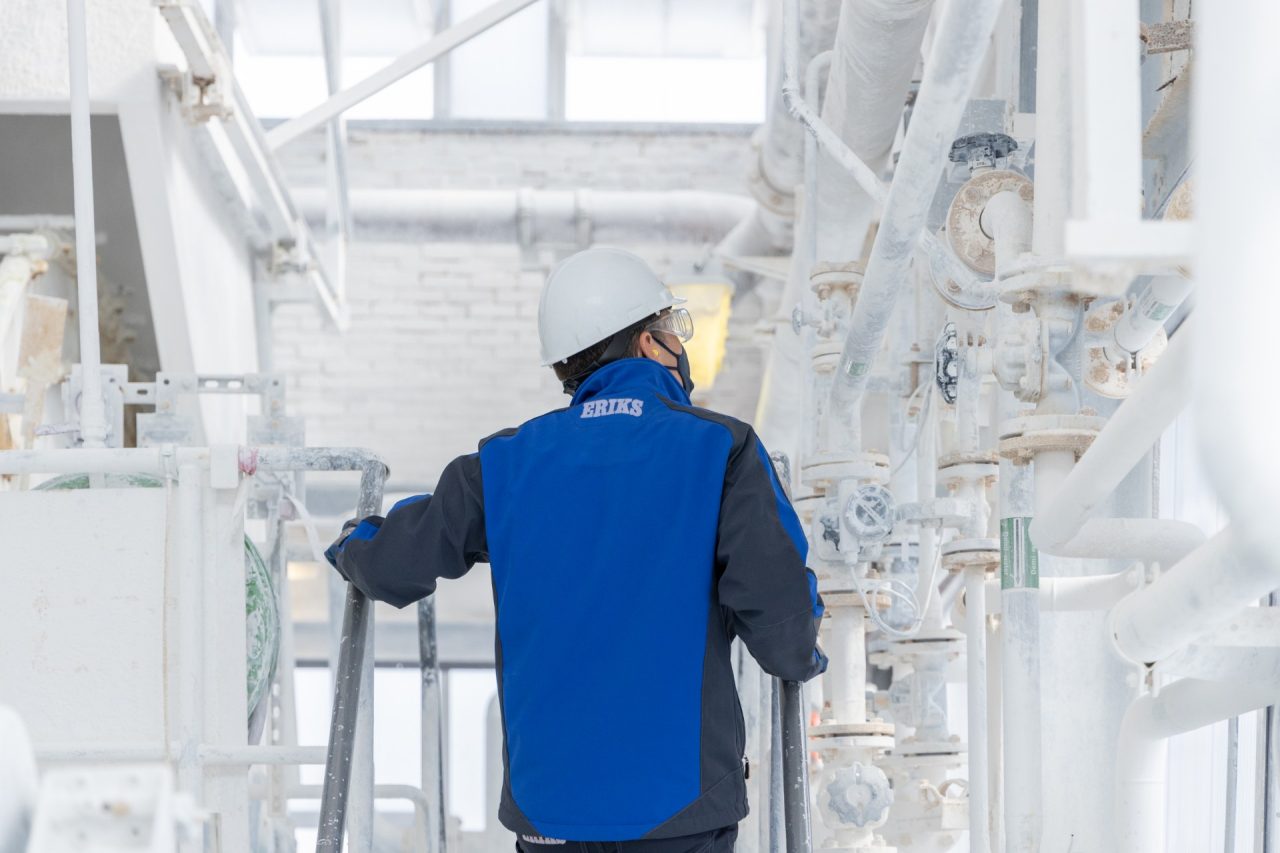
Better information leads to better decisions. Your plant may be large enough to have a dedicated TA Team that travels to each plant. Or a smaller plant that has an assembled TA Team (every 2-4 yrs) of who is present at that time.
In either circumstance, collate, document and systemise past turnarounds for future TA Teams to view. Having past data at your fingertips shows where processes have worked, failed or need improvement. It’s also a way to evidence knowledge, facts and figures for other department managers, directors and stakeholders.
When evaluating the effectiveness of your turnaround, considering the following is helpful:
This final review is where you get to answer questions that will streamline your process for the future. Making for an easier hand-over and improved learning curve for other TA Teams.
For a turnaround, a Bill of Materials (BOM) is completed as needed and delivered on time. But even for a planned turnaround, you should prepare for unplanned equipment failures. They may have been ok when powering down but fail on start-up.
Having made room for this in your schedule and forming strong relationships with your supplier, will prove essential. Suppliers have in-depth knowledge and understanding of equipment, including the problems that emerge from a turnaround. With ERIKS on-board, they can help you plan and guard against these as best as possible.
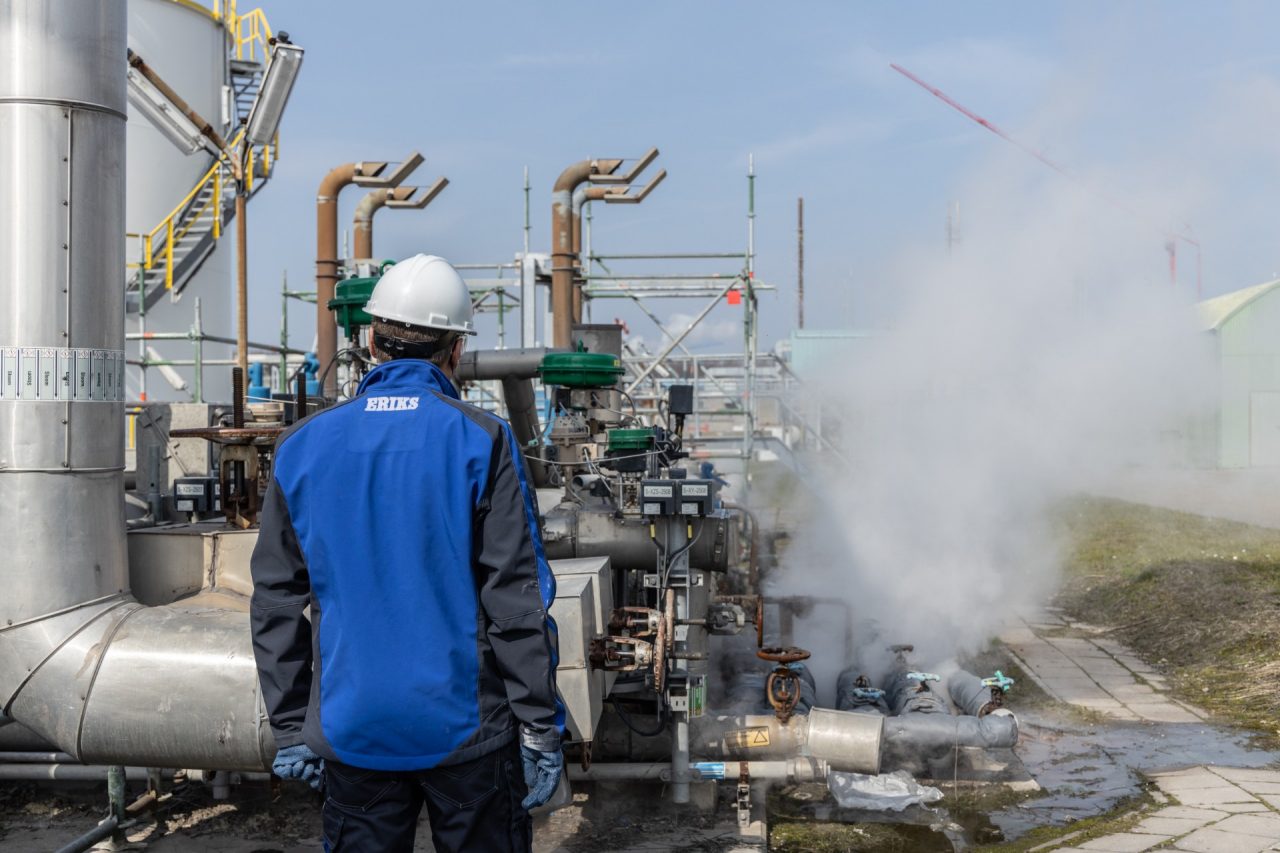
Plant turnarounds include maintenance to increase equipment reliability, maintain regulatory compliance and system overhauls. All of this is in aid of improving safety, reducing unplanned downtime and catastrophic failures. However, the unexpected does happen and unfortunately unplanned downtime is inevitable.
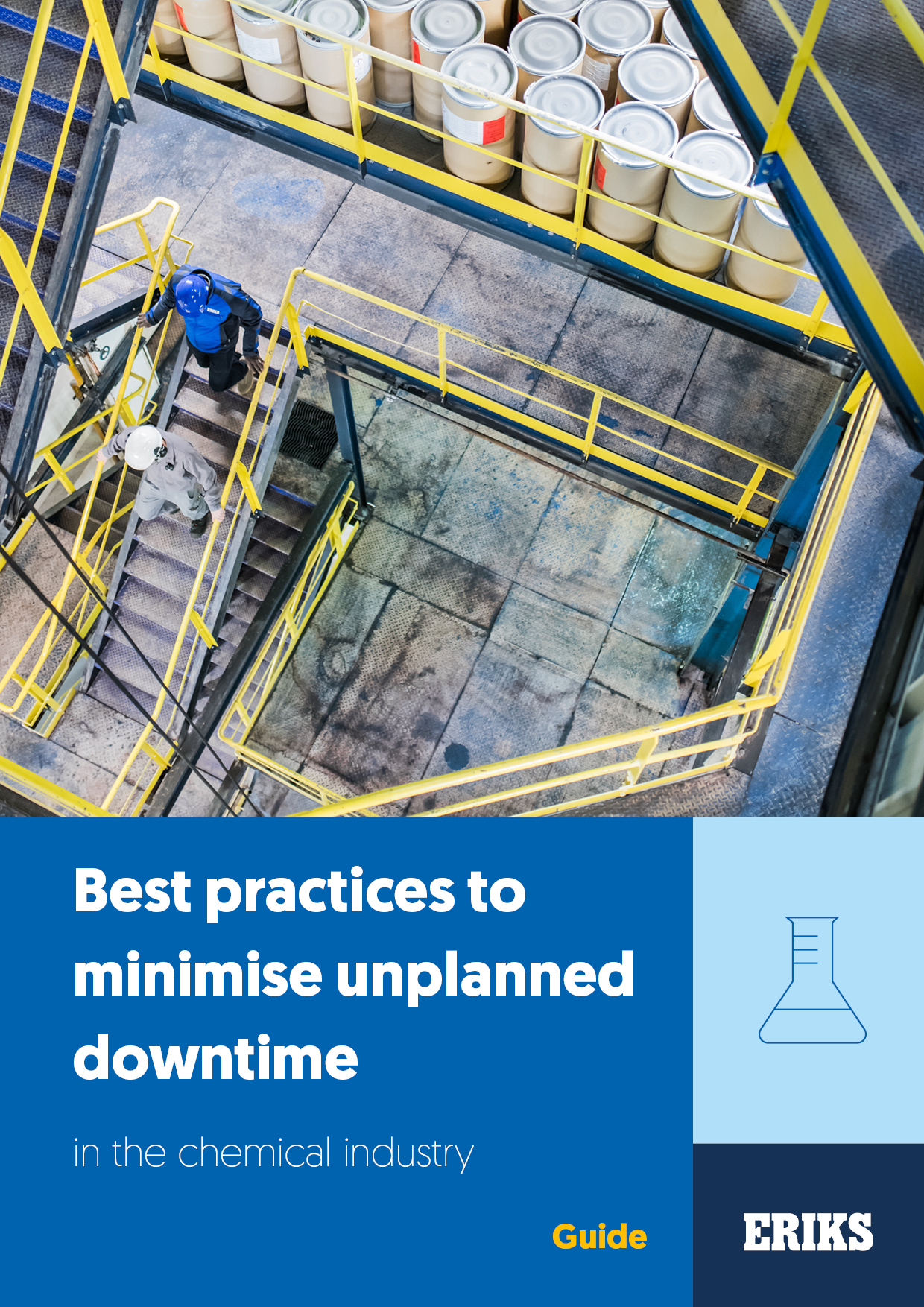
For further information, view our guide of ‘Best practices to minimise downtime in the chemical industry’. This guide highlights challenges faced by maintenance departments, common mistakes that lead to unplanned downtime and some of the best practices to help minimise these unscheduled shutdowns.
Take a look at our latest updates...
Want to speak directly with one of our employees or specialist? Don’t wait and get in touch
Get in contact with us. Please fill in our online form and we will contact you as soon as possible.
